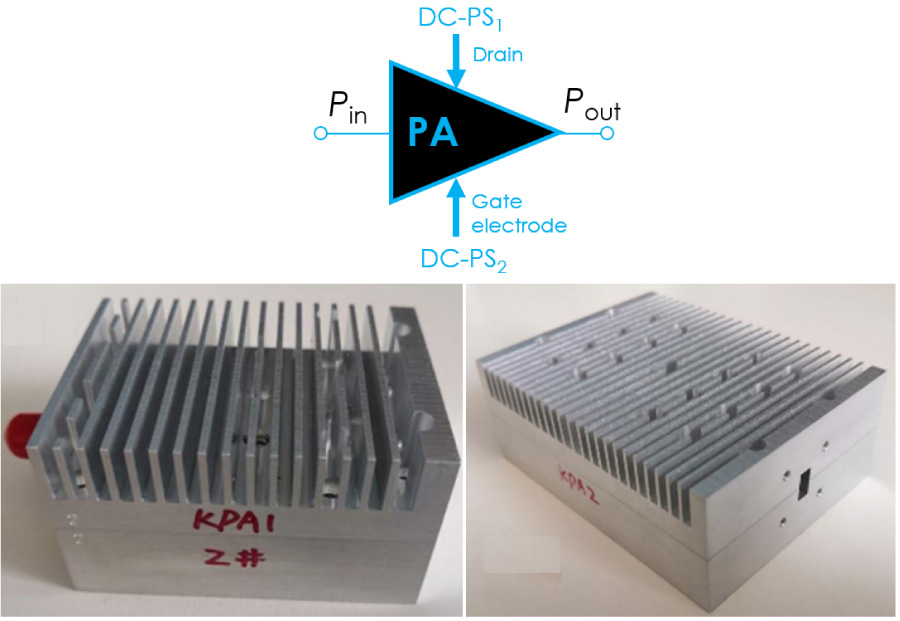Quantitative Microwave Imaging of High-Contrast Targets with the Incidence of Orbital Angular Momentum Wave
Shasha Hou,
Kuiwen Xu,
Xiaotong Li,
Feixiang Luo,
Xiling Luo,
Sheng Sun,
Wen-Jun Li and
Lingling Sun
The inherent nonlinearity and ill-posedness of inverse scattering problems (ISPs) make high-quality target reconstruction challenging. To mitigate some of the difficulties and achieve more accurate and stable reconstructions, a super-resolution imaging method by use of the orbital angular momentum (OAM) wave for solving high-contrast targets is proposed. By the interaction of OAM wave and the material of target, the multiple scattering could be enhanced, and more incoherent wave could be activated. Under the frame of the contraction integral equation for inversion (CIE-I) method, the OAM-inspired CIE-I inversion method (OAM-CIE-I) is introduced to achieve super-resolution imaging of high-contrast targets. OAM electromagnetic waves, generated from a two-dimensional uniform circular array (UCA), are used as the incident field into the imaging model. Orbital angular momentum diffraction tomography (OAM-DT) is used to obtain the initial value of the contrast function containing the super-resolution information, which serves as the initial contrast value for the CIE-I model. Despite the initial contrast value differing significantly from the actual target, it contains incoherent wave information, enabling super-resolution imaging through three optimization iterations. In virtue of the inversion solver of the CIE-I, the inversion ability of the OAM-CIE-I is significantly enhanced. In the comparisons from numerical simulation results with CSI, OAM-CSI, CIE, and OAM-CIE methods, the superiority of OAM-CIE-I is demonstrated.














